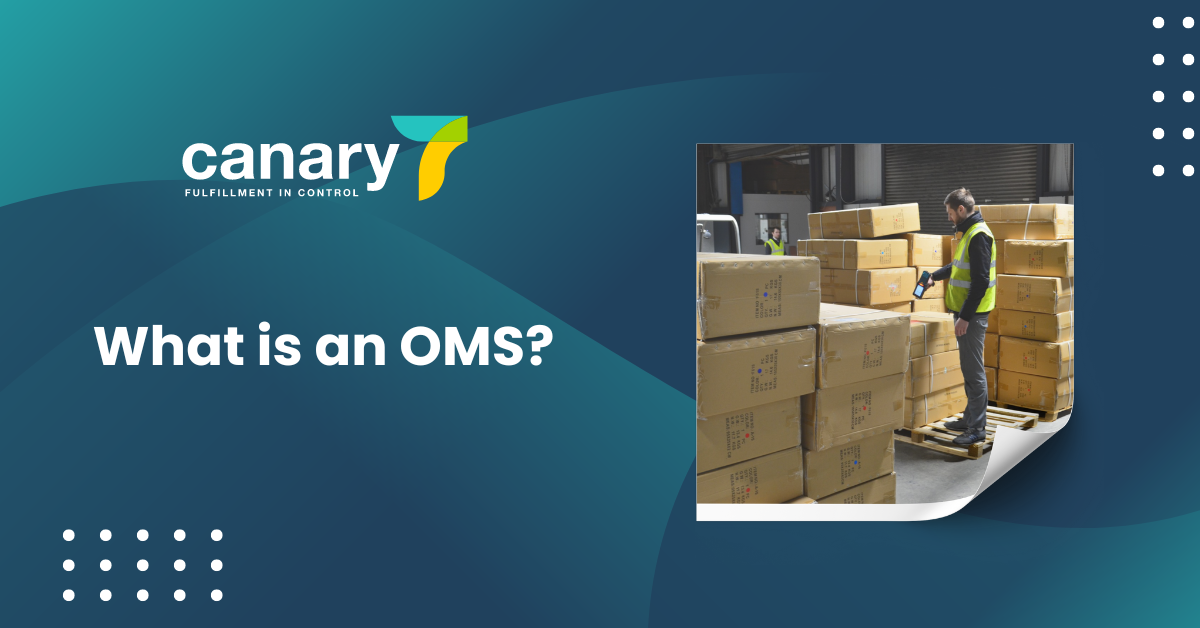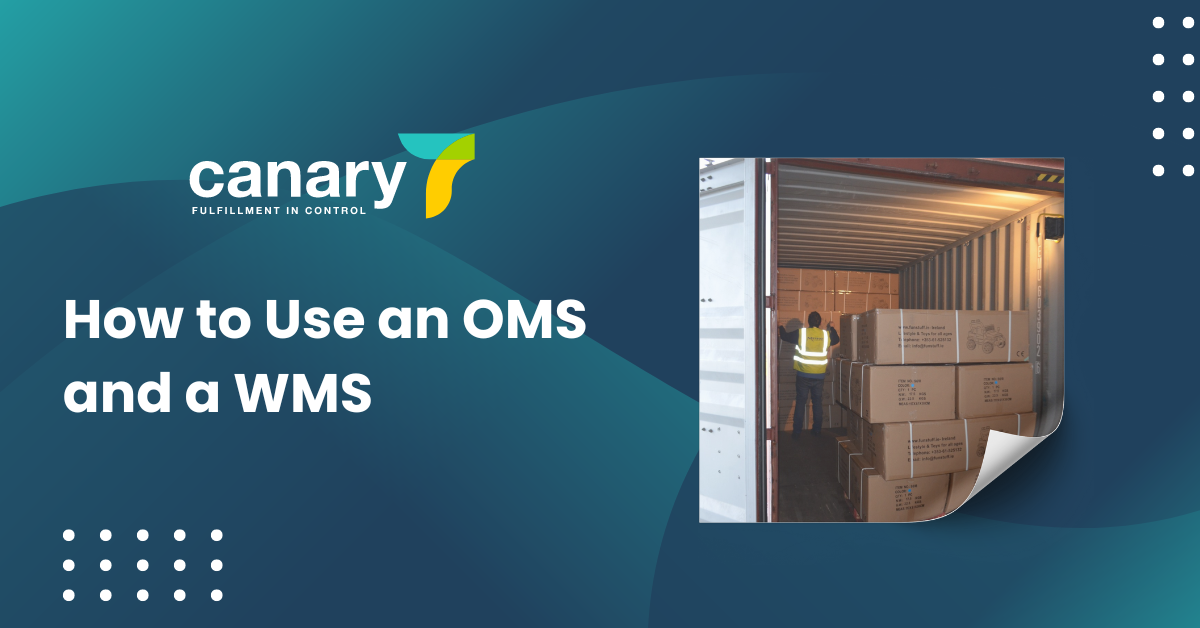Bridging the Front and Back Ends of Your Business
While an OMS focuses on managing orders and customer interactions, a WMS ensures that the warehouse operations supporting those orders run smoothly. Integrating both systems can lead to unparalleled efficiency and productivity.
Integration Strategies
1. API Integration
- Seamless Communication: Utilise APIs to enable real-time data exchange between OMS and WMS.
- Example: When an order is placed through the OMS, the WMS automatically receives the order details for fulfilment.
2. Unified Data Platform
- Centralised Data Management: Implement a unified platform where both OMS and WMS share and update data in real-time.
- Example: Inventory levels updated in the WMS are instantly reflected in the OMS, ensuring accurate stock availability across all sales channels.
3. Workflow Automation
- Automated Processes: Design workflows that automatically trigger actions in one system based on events in the other.
- Example: An out-of-stock alert in the WMS can automatically notify the OMS to update product availability on the website.
Benefits of Using OMS and WMS Together
1. Increased Supply Chain Efficiency
- Proactive Bottleneck Management: Anticipate and address potential delays
- by monitoring the entire supply chain.
- Example: Predictive analytics identify potential shipping delays, allowing preemptive actions to mitigate impact.
2. Enhanced Data Accuracy
- Consistent Information: Ensure all systems have the most up-to-date and accurate data, reducing discrepancies.
- Example: Real-time inventory updates prevent overselling and ensure accurate order fulfilment.
3. Improved Customer Satisfaction
- Seamless Experience: Provide customers with accurate order statuses and faster delivery times.
- Example: Integrated systems ensure orders are processed and shipped promptly, enhancing the overall customer experience.
4. Cost Savings
- Operational Efficiency: Reduce redundant processes and optimise resource allocation.
- Example: Automated order routing minimises manual intervention, lowering labour costs and reducing errors.
5. Scalability and Flexibility
- Adaptable Operations: Easily scale operations to accommodate business growth and seasonal spikes.
- Example: Integrated systems handle increased order volumes during peak seasons without compromising performance.
Tools and Technologies for Integration
- Middleware Solutions: Use middleware to facilitate communication between OMS and WMS, ensuring data flows smoothly.
- Cloud-Based Platforms: Leverage cloud-based solutions for easier integration and scalability.
- Custom APIs: Develop custom APIs tailored to your specific business needs, ensuring seamless connectivity between systems.
Metrics to Track Success
1. Order Accuracy Rate
- Measure: Percentage of orders fulfilled without errors.
- Goal: Achieve 99% accuracy to minimise returns and enhance customer satisfaction.
2. Order Processing Time
- Measure: Time taken from order placement to shipment.
- Goal: Reduce processing time to meet or exceed customer expectations for delivery speed.
3. Inventory Turnover Rate
- Measure: Frequency at which inventory is sold and replaced.
- Goal: Optimise turnover to balance stock levels and minimise holding costs.
4. Customer Satisfaction Score (CSAT)
- Measure: Customer feedback on their order experience.
- Goal: Maintain a high CSAT score by ensuring timely and accurate order fulfilment.
5. Operational Costs
- Measure: Total costs associated with order processing and warehouse operations.
- Goal: Reduce costs through automation and efficient resource management.
Frequently Asked Questions (FAQ)
Can OMS and WMS be integrated with existing ERP systems?
Yes, OMS and WMS can be integrated with existing Enterprise Resource Planning (ERP) systems. Integration ensures seamless data flow across all business functions, enhancing overall operational efficiency.
What are the costs associated with implementing OMS and WMS?
The costs vary depending on the complexity of your operations, the specific features you require, and the size of your business. Typically, costs include software licensing, implementation fees, training, and ongoing maintenance. It’s essential to evaluate the return on investment (ROI) to determine the best solution for your business.
How long does it take to implement an OMS and WMS?
Implementation timelines can range from a few weeks to several months, depending on the complexity of your systems, the level of customization required, and the readiness of your data. Proper planning and phased implementation can help streamline the process.
What are the key features to look for in an OMS and WMS?
For OMS:
- Multi-channel integration
- Real-time order tracking
- Inventory management
- Customer database management
- Reporting and analytics
For WMS:
- Real-time inventory tracking
- Space optimization tools
- Labour management features
- Order fulfilment automation
- Integration capabilities with other systems
How do OMS and WMS improve customer satisfaction?
By ensuring accurate and timely order processing, reducing errors, and providing real-time updates, OMS and WMS contribute to a seamless customer experience. Faster delivery times and reliable order fulfilment enhance overall customer satisfaction and loyalty.
Conclusion
The Synergy of OMS and WMS for Fulfilment Excellence
While an Order Management System (OMS) and a Warehouse Management System (WMS) serve distinct purposes, their integration is crucial for achieving streamlined and efficient fulfilment operations. An OMS handles the front-end processes of order placement and customer management, while a WMS optimises the back-end warehouse operations. Together, they create a cohesive system that enhances operational efficiency, reduces costs, and improves customer satisfaction.
Businesses that effectively implement and integrate both OMS and WMS are better positioned to handle the complexities of modern fulfilment demands, adapt to market changes, and scale operations seamlessly. Embracing these technologies is not just a competitive advantage but a necessity in today’s dynamic and omnichannel fulfilment landscape.
Transform Your Fulfilment Operations with Canary7
Ready to elevate your fulfilment processes? Canary7 offers top-tier Order Management Systems and Warehouse Management Systems designed to integrate seamlessly and maximise your business efficiency. Our cutting-edge solutions provide end-to-end automation, real-time data visibility, and scalable operations to ensure your business thrives in a competitive market.
Why Choose Canary7?
- Comprehensive Solutions: Our OMS and WMS cover all aspects of order processing and warehouse management.
- Seamless Integration: Easily integrate with your existing systems for a unified operational flow.
- Expert Support: Our team of experts is dedicated to helping you implement and optimise our solutions for your specific needs.
- Proven Results: Join countless businesses that have transformed their fulfilment operations with Canary7.
Get Started Today! Don’t let inefficient systems hold your business back. Contact Canary7 for a free consultation and discover how our OMS and WMS can streamline your operations, reduce costs, and enhance customer satisfaction. Let us help you achieve fulfilment excellence!



